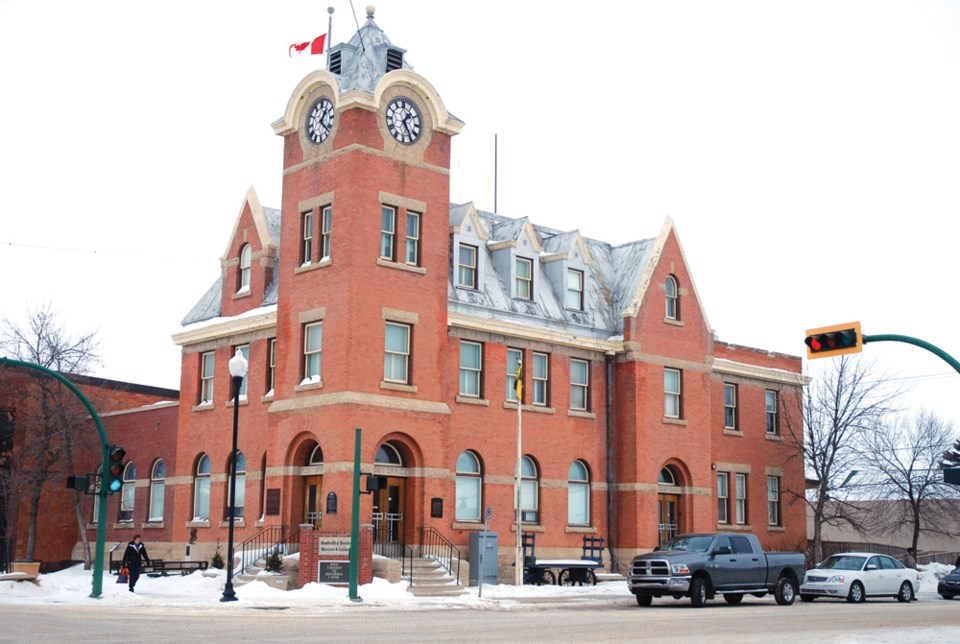Most people living in Canada can see the evidence of heritage conservation simply by looking at the unique architecture that speaks to the community’s history. To recognize these efforts, the provincial government proclaimed Feb. 15-21 as Heritage Week, which aligns with similar celebrations across Canada.
“This week is an opportunity to reflect and celebrate heritage. Heritage defines us as individuals, communities, and as a province,” said Royce Pettyjohn, chair of the Saskatchewan Heritage Foundation. “It gives some thought as to what we can do as individuals and communities to aid in the preservation of heritage so we can pass that on to Saskatchewan residents.”
Aside from archeological and paleontological efforts, the provincial government mainly supports heritage site preservation, such as Humboldt’s old post office and the old courthouse. Communities can submit applications to the Saskatchewan Heritage Foundation and in return receive grants to continue preservation.
Since 1992, the province has invested more than $9 million in 1,194 projects across the province. In the past year alone, they invested $128,000 in funding for 27 communities.
Part of the reason governments understand heritage conservation to be important is for the simple reason that maintaining its history is what makes a community or a country unique.
“Heritage and cultural conservation contribute to the development of a unique city,” said Jennifer Hoesgen, curator of the Humboldt & District Museum and Gallery in an email response (the museum is the same site as the old post office and the gallery is the old Merchants Bank of Canada).
“The community’s heritage and cultural resources are linked to the past, but contribute to contemporary existence, community sustainability and distinctive sense of place.”
Despite these benefits, it’s not so easy to designate a building/facility/site as having historical value. It has to have “heritage values” and also maintain the possibility of continued use. It can’t just be a building for people to stop and look at; it has to be functional.
According to Hoesgen, the heritage values include five main components: historical values, cultural/social values, architectural values, scientific values, and aesthetic values, all of which are fairly self-explanatory. It has to be connected to people or events in the community, be unique in construction, visually appealing, and have an identity tied to a specific time and place in the community.
“We must also look at the intangible resources, such as the significant community stories, that are deemed as important to conserve as the tangible resources,” said Hoesgen. “Without these stories, the associated resources lose their meaning.”
In other words, just being old isn’t going to cut it.
Once a site is designated as a historic site, it’s much more difficult for that building to be demolished. The authority for that decision is placed in the hands of the municipality, which means it’s still possible, but there has to be a good reason. It also means that outsiders who don’t understand the values of a community can’t demolish an old historic site without say-so from the municipality.
Another tricky thing about this designation is that significant changes to the building are difficult if they mess with the building’s original form. Basically, only changes that protect the building or enhance its original form are generally allowed. This often gives owners the impression that they lose all rights in managing that property once it receives that designation.
A recent expansion of the heritage program is making an attempt to deal with this impression by giving commercial property owners a $10,000 heritage preservation grant. According to Pettyjohn, this grant is intended to help “break down the barriers between traditional business operations and heritage operations.”
“This new program allows commercial property owners to receive a trial grant to see what the experience is like to be comfortable to pursue a heritage designation and manage the property along the lines of respecting the heritage conservation,” he said. “It’s a great way to get your feet wet in heritage conservation and opens the door to a more long-term relationship with heritage conservation.”
Pettyjohn says that one of the things this grant program encourages is the understanding that if the building’s purpose is being changed, the adaptation should be done in such a way that maintains the future of the building. A good example of this would be the repurposing of the aforementioned Merchants Bank and old post office in Humboldt.
“Once it’s designated, the intention isn’t to prevent people from operating buildings in a sustainable way,” said Pettyjohn. “There’s no tying of hands as to what can and can’t be done. It just encourages an evaluation of what’s in the best interest of the building.”
For bigger projects, the province encourages owners to put in applications in phases. For example, they can submit an application to do roof work, another one to do foundation work, etc. That way neither the province nor the applicants are overwhelmed.
“As a result of (submitting an application for all the work at once), sometimes and more often than not, these projects are multi-year in terms of work,” said Pettyjohn.
To promote more awareness about the impact of heritage, the province hosts events, conferences, presentations, receptions, etc. during Heritage Week.




